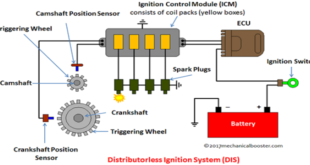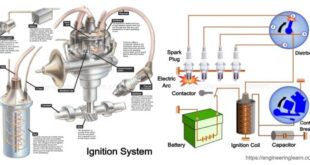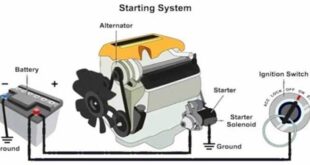A collection of strains isolated from caper berry fermentation was investigated concerning strain diversity and functional properties. Random amplification of polymorphic DNA-polymerase chain reactor (RAPD-PCR) fingerprints were investigated by cluster analysis, revealing a high diversity among the lactobacilli, with four different genomic groups (including several subgroups) that included different species: G1, G2 (Lb. fermentum), G3 (Lb. brevis, Lb. plantarum, Lb.
paraplantarum, and Lb. pentosus), and G4 (Lb. brevis). High diversity was also found for L. Plantarum fingerprints, which clustered in two main groups with two clearly defined subgroups each. Nevertheless, lactobacilli were far more homogeneous when analyzed by biochemical tests, and most strains of Lb.
plantarum clustered in a single group (Pérez Pulido et al. 2007). The pneumococci clustered as a highly homologous group represented by two highly related subgroups of Ped. pentosaceus and a single Ped. acidilactici isolate (Pérez Pulido et al. 2005). Nevertheless, strains of pneumococci were found to differ in plasmid content.
Fermentation of Caper Buds
Capers are a dark olive green and about the size of a fresh kernel of corn and are used as an important seasoning in Mediterranean kitchens as a complement of salads, pasta, and other foods, and are known in nearly all the world.
Fermented products are greatly appreciated for their flavor and digestive properties. Capers have a very important role in the food industry, with brined flower buds being a high-value commodity in the world market during recent years.
The main caper producer and manufacturer-exporter countries are Spain, Morocco, Italy, and Turkey. Capers are exported to other countries such as the United States, United Kingdom, and Venezuela (Sánchez et al. 1992).
Concluding Remarks
Caper berries and caper buds are traditional fermented foods with increasing importance in the world market. These fermentations are often carried out by small to medium enterprises or at home, making innovation and technological improvements on fermentation processes more difficult.
Knowing the influence of internal and external factors and deciphering the composition and dynamics of the microbial communities involved in these fermentations is of crucial importance for the optimization of production processes at an industrial scale. Work carried out on the fermentation of caper buds suggests a complex microbial community of LAB responsible for the fermentation, in which Lb.
plantarum is the main actor. The influence of technological factors on the fermentation of caper buds has been quite studied in detail, but the microbiological aspects of this fermentation have not been deciphered.
The fact that caper buds are most frequently fermented in water whereas caper buds are fermented in brine precludes from extrapolation of results about one fermentation process to another. Therefore, the influence of technological factors on caper berry fermentation and the composition and dynamics of the microbial communities involved in the fermentation of caper buds still require further studies.
As to the effect of the interactions, it is the interaction between lactic acid and citric acid that had the most important effect, followed by the effect of the interaction between lactic acid and lactic ferment, and then, the effect of the interaction between brine and lactic acid. The interaction between brine and lactic ferment has the lowest effect. In conclusion, the best decrease of pH was produced when the factors are at the highest level of their variations
Last word
The lowest total bacterial population was observed in the citric acid supplemented samples on week 6. The high number of molds and yeasts at the beginning of the fermentation period decreased through the end of fermentation, with the lowest values in lactic acid– and citric acid-containing samples.
 NEWSHUNTS
NEWSHUNTS



